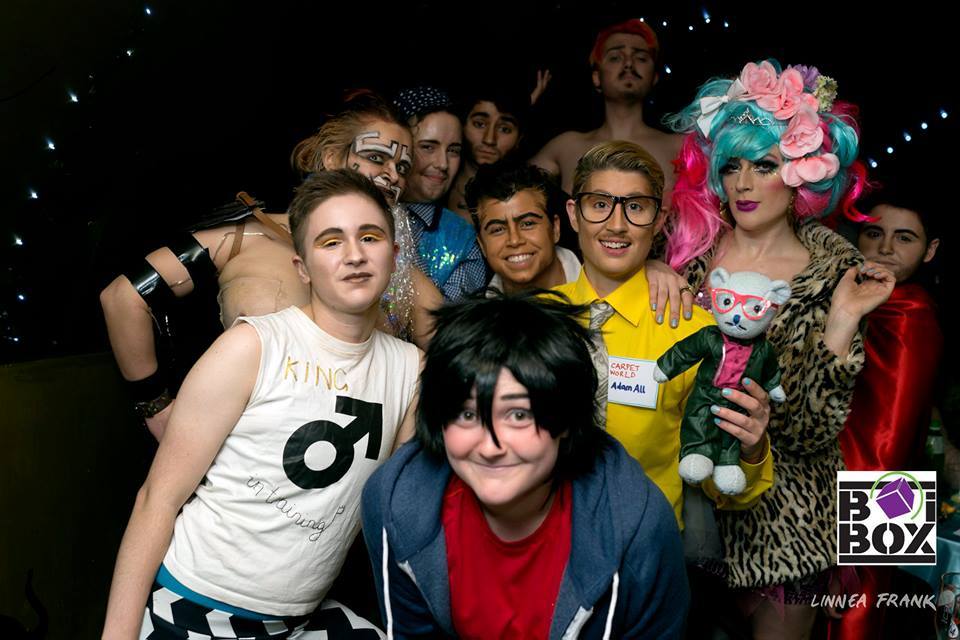

Though oftentimes a drag king or queen is a person of one gender portraying a character of another gender, this isn’t always the case.ĭrag kings - and drag culture in general - have a complex and rich history.

The practice is an artful expression and often dramatization of stereotypical gender norms, where one group plays up the traditional associations with one gender to perform and sometimes poke fun at rigid ideas of masculinity or femininity. A drag king’s performance can range from lip-synching to burlesque dancing to spoken word to comedy.Ī drag king, meaning someone who dresses and performs in traditionally masculine clothing and makeup, can be a person of any gender or sexual orientation, as with drag queens. The drag king meaning has expanded in past years, and they today can be trans, nonbinary, cisgender men, and everything in between. They were traditionally cisgender female performers who embodied or played up cisgender male stereotypes. While drag queens are entertainers who traditionally dress and perform in highly feminine attire and makeup, drag kings are their masculine parts. Maybe you’ve heard of drag kings and aren’t exactly sure who they are, or maybe you’ve never heard of them at all. We’ll break down everything you need to know about them here. We know and love the drag queens on these shows and in pop culture, but what about drag kings? Drag kings are lesser-known performers, often underpaid and rarely given the attention it deserves as an art form, but they can still be sensational talents. Your city probably has a handful of local drag queens that perform at bars or other entertainment venues in town, and RuPaul’s Drag Race has become a must-watch both in and out of the queer community. Once an underground art form, drag - a style of performance where one dresses to exaggerate a certain stereotypical gender expression - has danced its way into mainstream culture.


 0 kommentar(er)
0 kommentar(er)
